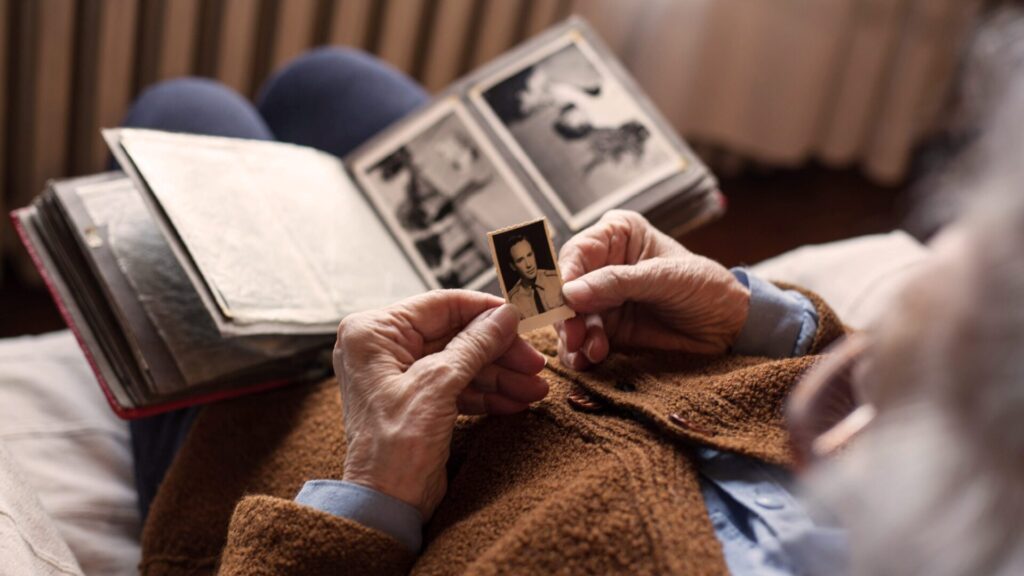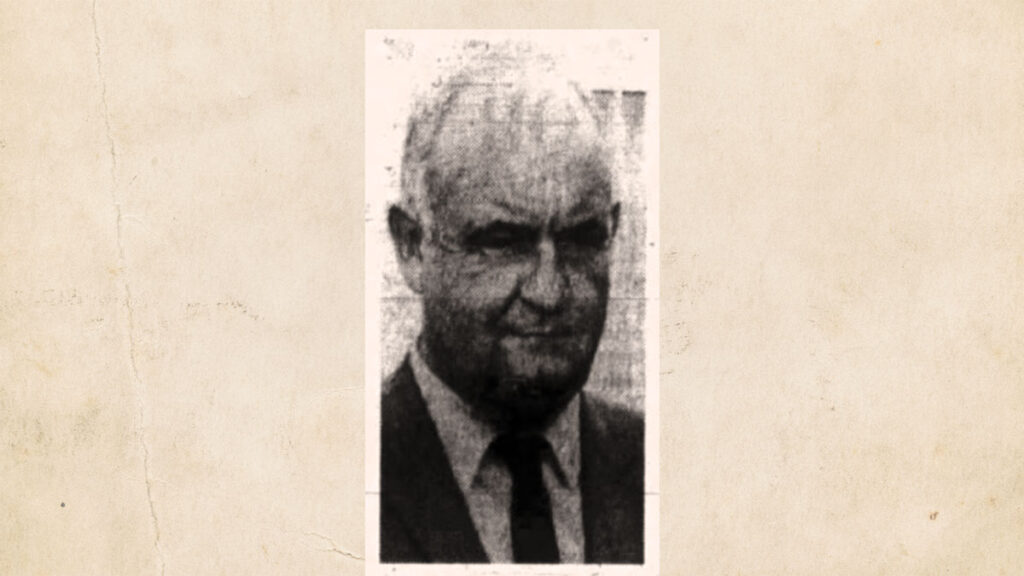The Second Coming of Christ
The second coming of Christ is the blessed hope of the Church, the grand climax of the gospel. The Saviour’s coming will be literal, personal, visible and worldwide. When He returns, the righteous dead will be resurrected, and together with the righteous living will be glorified and taken to heaven, but the unrighteous will die. The almost complete fulfilment of most lines of prophecy, together with the present condition of the world, indicates that Christ’s coming is near. The time of that event has not been revealed, and we are therefore exhorted to be ready at all times. (Matthew 24; Mark 13; Luke 21; John 14:1-3; Acts 1:9-11; 1 Corinthians 15:51-54; 1 Thessalonians 4:13-18; 5:1-6; 2 Thessalonians 1:7-10; 2:8; 2 Timothy 3:1-5; Titus 2:13; Hebrews 9:28; Revelation 1:7; 14:14-20; 19:11-21.)
“That must be the church!” Mum said excitedly as my GPS instructed me to make the next turn. It was a sunny Sunday afternoon.
My former pastor was hosting a concert at his current church to raise money for an upcoming Pathfinder camporee. I was keen to support them. Mum and her friend had come along too.
Knowing we were running late, we hurried towards the church. Two young boys stood at the door. They stared at us blankly. There was no offer of a handshake or program, no smile or expression of welcome.
“Can we come in this way?” I asked, wondering if we had come in through the wrong entrance.
The boys looked at each other and then back at us.
“Can we come in this way?” I repeated. If these boys were supposed to be greeters, they weren’t doing a very impressive job so far. Finally the boys stepped aside and let us in.
The church was already filled with people but we managed to find seats.
A man in a suit was at the front, addressing the audience in an unfamiliar language. Expecting a translation into English, we were surprised when none was forthcoming.
Subsequent speakers continued to talk in this unfamiliar language. I wondered why my pastor had asked us along. We had no idea what was going on!
“Which one is your pastor?” my mum asked.
I looked around the crowded room. “I can’t see him anywhere.”
In hindsight, a few things seemed a little strange to us.
Everyone seemed really dressed up . . . I mean, really dressed up—sparkly dresses, elaborate hats and stilettos.
“I’m feeling underdressed,” Mum’s friend whispered. “You should have told us there was a dress code.”
“I didn’t know there was one,” I said in confusion. Everything the pastor had told me suggested the event was casual. He’d mentioned they would be selling $A10 suppers and auctioning off a jersey—nothing that I’d thought would involve wearing formal dress!
But instead of cultural songs and special items, the speaker at the front seemed to be leading everyone in a long and ceremonial prayer. Every now and again, he would call out what we presumed were names and people would respond with a hearty “Amen”.
Everything else seemed to suggest we were in the correct location. We could see the familiar Adventist church sign at the front. There were copies of Adventist Record and Mums At The Table magazines in the entry.
We had to be in the right place but we were starting to feel uncomfortable. We didn’t see anyone we knew. And it wasn’t anything like what we had expected.
If it wasn’t for the intervention of one kind woman, we might have remained politely seated for the rest of the afternoon.
Observing our unease, she leaned over. “The service is already finished,” she whispered. “They’re just taking roll call now.”
“The concert is finished?” I repeated, not sure that I’d heard correctly.
“The church service is finished,” she repeated, a little more loudly.
I pulled out my phone and showed her the flyer.
“What about this concert?”
She looked at it closely, a frown of confusion spreading across her face.
“No concert here.”
“Is this the Adventist church?” my mum broke in.
She shook her head. “We are a Tongan church. We are here until six.”
We still weren’t sure what was going on. But one thing was increasingly clear: we were not at the fundraising concert.
It was tempting to give up on the concert and drive home. But we were determined to figure out what was going on. Again we looked at the flyer. The details were all correct.
Fortunately we got a message from the pastor just at that moment. Apparently there were two Adventist churches located at the same street address—one building was a fair way behind the other. With new directions, we were able to find the church we needed to be at. [pullquote]
In 1844, the Millerites were convinced that Jesus’ second coming would happen on October 22. They studied the instructions closely and all the signs seemed to be pointing to them being in the right place at the right time. But October 22 came and went without any visible signs of Jesus’ return. The day would later be remembered as “The Great Disappointment”.
The Millerites did not only have to deal with their own disappointment, but with scorn, taunting and even violence from others. Followers who had given up their homes, farms and possessions for the soon return of Jesus were ridiculed and mocked by others. Millerite churches were burned and vandalised. In Illinois, a mob armed with clubs and knives even attacked a Millerite congregation.
What would you have done? Many chose to “save face” by leaving the movement and returning to the churches they had previously left. Others chose to have nothing to do with Christ at all. But a faithful few were determined to go back to the Scriptures and figure out what had gone wrong. These included the pioneers of what would later become the Seventh-day Adventist Church.
I don’t remember many sermons about the second coming when I was younger but the ones I heard must have terrified me. I would have a recurring dream about Jesus returning and my family and I not being ready. One particularly traumatic scene involved me being on an escalator on the way to heaven, calling for my parents because they weren’t with me.
Until well into my teens, I swayed between two extremes. The first was fearing that I wouldn’t be ready to go to heaven when Jesus came back. I didn’t even understand what “being ready” really meant!
But it’s the other extreme that I struggle with more these days. While the gospel does influence many of my life decisions (such as choosing to work for the Church), I tend to think of the second coming as a far-off event that doesn’t necessarily impact my life right now. Like the Laodiceans, I can be lukewarm about it—when life is comfortable and going well, it’s easy to forget my need for Jesus.
Five months ago, my mum was rushed to intensive care after suffering a serious aneurysm. It wasn’t the first time she’d been to hospital—or even the first time she’d had surgery. But it was the first time that I really thought she was going to die.
Mum thought so too. And as tears streamed down our faces, she begged me to keep believing that we would see each other again one day.
When we turn the second coming into a distant event or a message of fear, we forget what it’s really about—restoration. Jesus is coming to reunite separated families. He is coming to repair a broken world. And most importantly He is coming to fully restore our relationship with the Father.
Restoration is something to look forward to. But it’s also something we can start doing as we wait for Jesus to return. Whether it’s listening to a friend, brightening up a colleague’s day, praying for someone’s marriage or giving someone a hug, there are so many ways in which each of us can bring Jesus’ restoration to those around us and share just a little of the hope we’ve been given.







